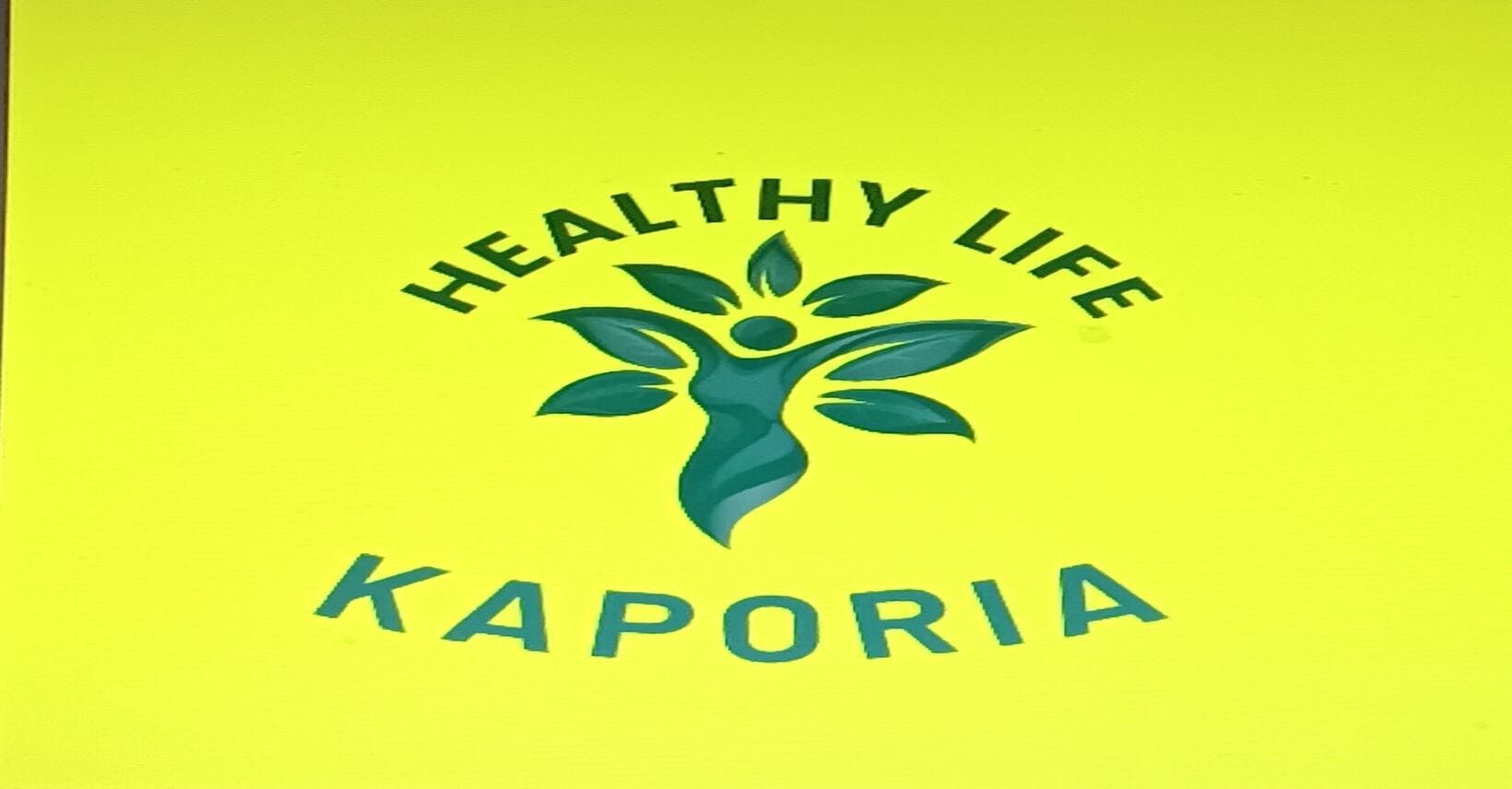[ad_1]
Trendy foraging requires vigilance. Past avoiding animal waste, soil well being is essential. Previous land use can introduce contaminants like heavy metals and pesticides into our meals chain. Understanding native historical past are very important for protected foraging.
In my last essay, I coated the significance of being conscious of animal mess.
Immediately, we have to talk about soil well being.
There’s a widespread false impression that individuals ate natural meals earlier than World Battle II as a result of pesticides weren’t invented.
Whereas that is true up to some extent, the interval earlier than the Industrial Revolution was when the nation’s meals was at its cleanest.
Probably poisonous pesticides began being launched into the meals system within the early 1800s with the invention of arsenic, copper, nicotine sulfate, and pyrethrum-based compounds.
Simply as people uptake what’s within the meals they eat.
Likewise, crops take not solely vitamins from the soil but additionally pollution.
Consequently, you want to pay attention to the historical past of the locations and areas the place you collect.
Land has a narrative, and it’s as much as you to take accountability and study the historical past of your native space.
That park you collect in, what’s its story, its historical past?
Foraging covers many disciplines, and a kind of disciplines is finding out native historical past.
I hated historical past in school. Being a parrot and regurgitating info and figures by rote left me chilly.
So when my first plant mentor, Marcus Harrison, insisted I discover out the historical past of the soil round the place I lived, I practically jacked all of it in.
I mentioned to him, ‘Marcus, are you saying I’ve to grow to be a flipping historian?’
He replied, ‘You do in the event you plan to forage often. Perhaps not if all you need do is tinker across the edges, or collect just a few bunches of untamed garlic, or a punnet of blackberries every year. However if you wish to grow to be a proficient forager, you had higher do as you’re advised.’
By no means one for mincing his phrases was our Marcus!
So, it’s essential to research the historical past of your native soil to grasp the dangers related to soil contamination.
Native sources corresponding to libraries, county document workplaces, and native historical past societies can present precious details about previous land makes use of that will have affected soil high quality.
Historic maps, commerce directories, and data from environmental businesses might help establish potential sources of contamination.
One of many main considerations is the presence of heavy metals within the soil.
Most international locations have banned leaded petrol for the reason that early 2000s. Nonetheless, industrial actions, fertiliser functions, car tyres and brake powder nonetheless introduce heavy metals like cadmium into city soils.
Research have proven that heavy steel concentrations are usually highest in roots, adopted by leaves, and lowest in fruits.
To minimise publicity, it is best to examine website historical past, test soil for common contaminants if involved, and keep away from foraging close to industrial websites or areas with a historical past of heavy trade or waste disposal.
One other hidden hazard is the presence of herbicides and pesticides.
Within the UK, authorities spray streets with herbicides, significantly glyphosate, a number of instances yearly.
Consuming crops uncovered to herbicides, particularly these rising close to pavements, can hurt long-term well being.
To scale back the danger of publicity, it is best to keep away from accumulating crops close to pavements or areas more likely to be handled with herbicides, wash and prepare dinner foraged crops totally earlier than consumption, and concentrate on potential pesticide use in metropolis gardens.
Polycyclic fragrant hydrocarbons (PAHs) in automotive exhaust fumes, burning stoves, and asphalt can disrupt metabolism and be carcinogenic.
So, to minimise the danger, all the time wash and prepare dinner foraged crops, even when they’re out of attain of canine.
You should fastidiously choose your foraging websites to minimise your publicity to contaminants.
Additionally, realise that your allotment-grown and farmed crops are probably contaminated with these substances.
So, it’s not solely foraged crops. It’s all crops that you simply eat!
On the one hand, that’s scary to grasp, however then again, what I’m educating you’ll assist minimise your publicity to pollution.
A examine from São Paulo, Brazil, discovered that crops rising alongside motorways and busy roads amassed considerably increased ranges of poisonous parts in comparison with the identical species collected from parks and quiet streets.
You need to stick with low-traffic areas and quiet streets and keep 50 metres from main roadways.
Fruits with tough, fluffy, or furry surfaces, such because the fruits of staghorn sumac (Rhus typhina), must be consumed solely instantly after maturing, as they will soak up mud and chemical compounds from the floor extra rapidly than smooth-surfaced fruits.
In my subsequent e mail, I’ll cowl runoffs, rivers, and an necessary gathering protocol it is best to take note of.
Speak quickly,
P.S. Plant lovers: Since 2008, I’ve shared foraging data freely, supported solely by individuals such as you. No adverts, no paywalls – simply sincere plant schooling.
[ad_2]
Source link

